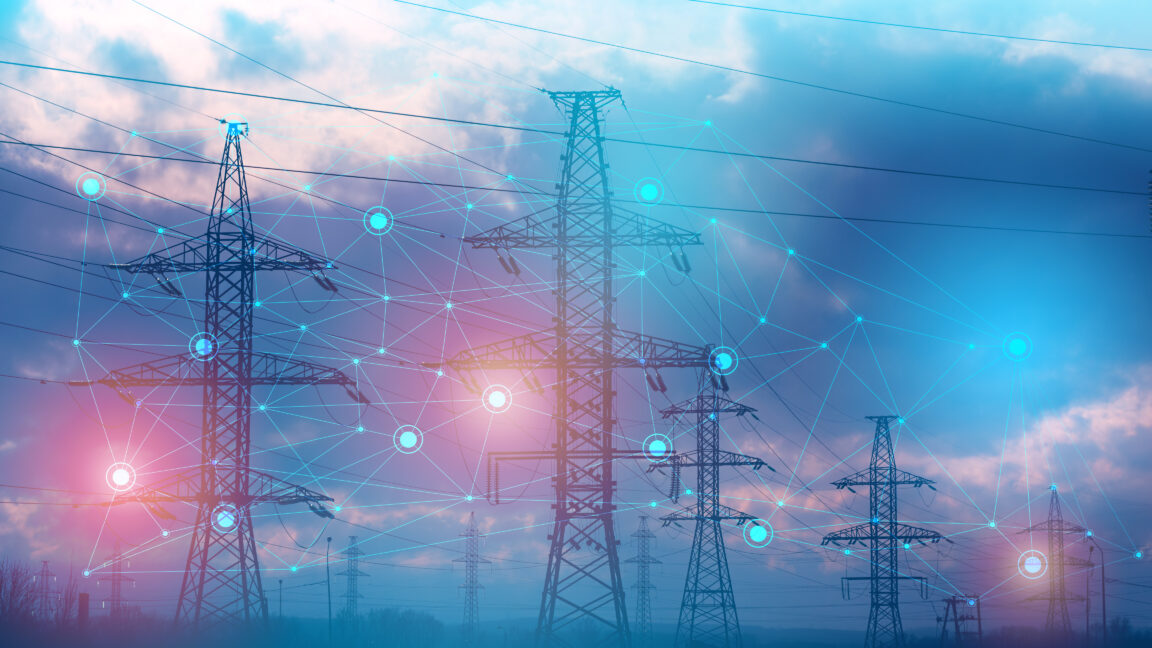Introduction to AI Competition
Several major US artificial intelligence companies have expressed fear around an erosion of America’s edge in AI development. In recent submissions to the US government, the companies warned that Chinese models, such as DeepSeek R1, are becoming more sophisticated and competitive. The submissions highlight the growing challenge from China in technological capability and price.
China’s Growing AI Presence
Chinese state-supported AI model DeepSeek R1 has piqued the interest of US developers. According to OpenAI, DeepSeek demonstrates that the technological gap between the US and China is narrowing. The company described DeepSeek as “state-subsidised, state-controlled, and freely available,” which raises concerns about the model’s ability to influence global AI development. OpenAI compared DeepSeek to Chinese telecommunications company Huawei, warning that Chinese regulations could allow the government to compel DeepSeek to compromise sensitive US systems or infrastructure.
Chinese AI Models
The competition from China also includes Ernie X1 and Ernie 4.5, released by Baidu, which are designed to compete with Western systems. According to Baidu, Ernie X1 “delivers performance on par with DeepSeek R1 at only half the price.” Meanwhile, Ernie 4.5 is priced at just 1% of OpenAI’s GPT-4.5 while outperforming it in multiple benchmarks. DeepSeek’s aggressive pricing strategy is also raising concerns with the US companies. According to Bernstein Research, DeepSeek’s V3 and R1 models are priced “anywhere from 20-40x cheaper” than equivalent models from OpenAI.
US AI Security and Economic Risks
The submissions also highlight what the US companies perceive as risks to security and the economy. OpenAI warned that Chinese regulations could allow the government to compel DeepSeek to manipulate its models to compromise infrastructure or sensitive applications, creating vulnerabilities in important systems. Anthropic’s concerns centred on biosecurity, disclosing that its own Claude 3.7 Sonnet model demonstrated capabilities in biological weapon development, highlighting the dual-use nature of AI systems.
US Export Controls
Anthropic also raised issues with US export controls on AI chips. While Nvidia’s H20 chips meet US export restrictions, they nonetheless perform well in text generation – a key feature for reinforcement learning. Anthropic called on the government to tighten controls to prevent China from gaining a technological edge using the chips. Google took a more cautious approach, acknowledging security risks yet warned against over-regulation. The company argues that strict AI export rules could harm US competitiveness by limiting business opportunities for domestic cloud providers.
Maintaining US AI Competitiveness
All three US companies emphasised the need for better government oversight and infrastructure investment to maintain US AI leadership. Anthropic warned that by 2027, training a single advanced AI model could require up to five gigawatts of power – enough to power a small city. The company proposed a national target to build 50 additional gigawatts of AI-dedicated power capacity by 2027 and to streamline regulations around power transmission infrastructure. OpenAI positioned the competition between US and Chinese AI as a contest between democratic and authoritarian AI models.
Regulatory Strategies for US AI
The US companies called for a unified federal approach to AI regulation. OpenAI proposed a regulatory framework managed by the Department of Commerce, warning that fragmented state-level regulations could drive AI development overseas. The company supported a tiered export control framework, allowing broader access to US-developed AI in democratic countries while restricting it in authoritarian states. Anthropic called for stricter export controls on AI hardware and training data, warning that even minor improvements in model performance could give China a strategic advantage.
Conclusion
The US AI industry is facing significant competition from China, with companies like Baidu and DeepSeek developing advanced AI models at competitive prices. The US government needs to take a unified approach to AI regulation, investing in infrastructure and oversight to maintain US AI leadership. The companies also warned about the risks of Chinese regulations compromising US systems and infrastructure, and the need for stricter export controls on AI chips and training data.
FAQs
- Q: What is DeepSeek R1?
A: DeepSeek R1 is a Chinese state-supported AI model that has piqued the interest of US developers. - Q: What are the concerns about Chinese AI models?
A: The concerns include the potential for Chinese regulations to compromise US systems and infrastructure, and the risk of China gaining a technological edge in AI development. - Q: What do US companies propose to maintain US AI competitiveness?
A: US companies propose a unified federal approach to AI regulation, investment in infrastructure, and stricter export controls on AI chips and training data. - Q: What is the significance of Ernie X1 and Ernie 4.5?
A: Ernie X1 and Ernie 4.5 are Chinese AI models released by Baidu, designed to compete with Western systems, and are priced significantly lower than US models. - Q: What is the US government’s role in maintaining US AI leadership?
A: The US government needs to take a unified approach to AI regulation, investing in infrastructure and oversight to maintain US AI leadership and prevent China from gaining a technological edge.











